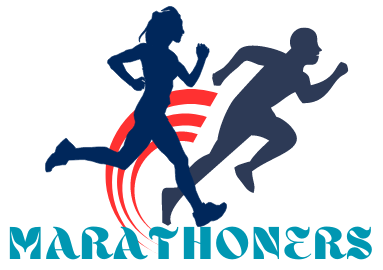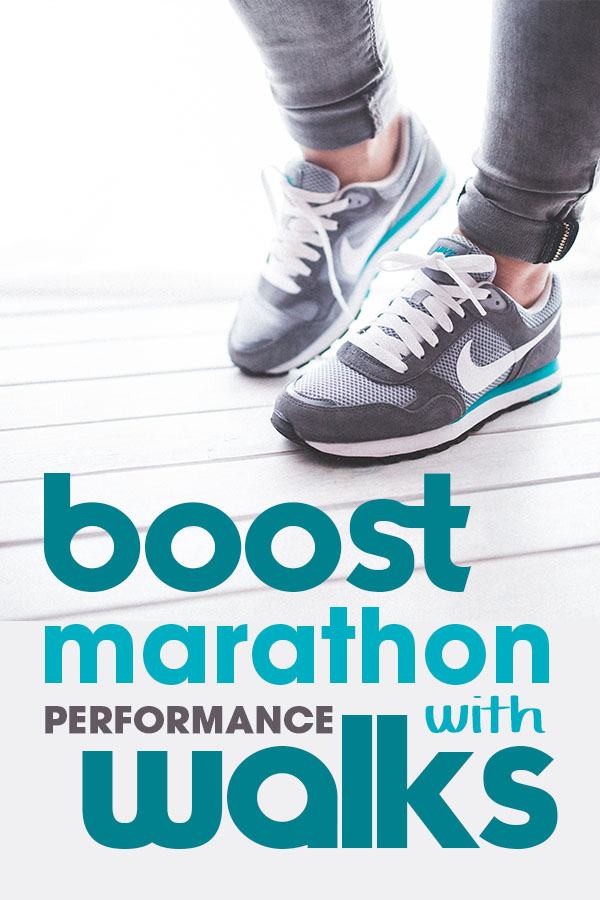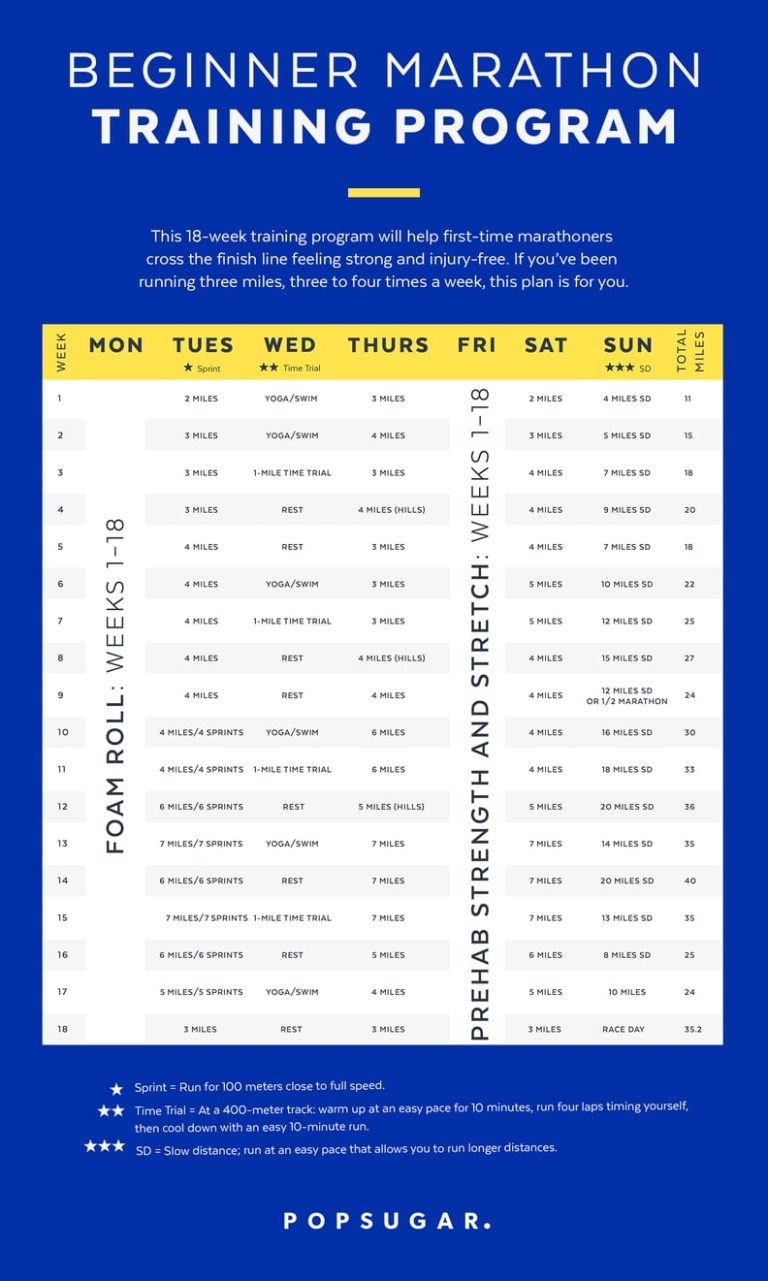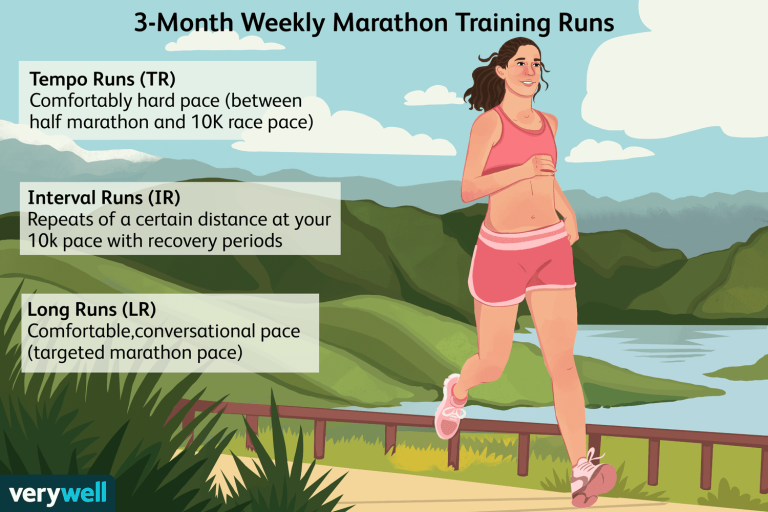Marathon: The Ultimate Training Guide – Book Summary
Marathon: The Ultimate Training Guide by Hal Higdon is a comprehensive resource for runners preparing for 26.2 miles. First published in 2005, this book provides expert-backed training plans, nutrition advice, and mental strategies. Whether you’re a beginner or an experienced runner, Higdon’s guidance helps you cross the finish line successfully.
Who May Benefit from the Book
- First-time marathoners needing a structured training plan.
- Intermediate runners aiming to improve their performance.
- Coaches and trainers looking for reliable marathon strategies.
- Fitness enthusiasts interested in endurance sports.
- Anyone seeking motivation for long-distance running.
Top 3 Key Insights
- Consistent training builds endurance and prevents injuries.
- The long run (up to 20 miles) is crucial for marathon success.
- Proper nutrition and hydration fuel performance and recovery.
4 More Lessons and Takeaways
- Pacing matters—starting too fast leads to burnout.
- Mental toughness helps overcome race-day challenges.
- Tapering before the race ensures peak performance.
- Post-marathon recovery is as important as training.
The Book in 1 Sentence
A complete guide to marathon training, covering physical preparation, nutrition, and mental strategies for runners of all levels.
The Book Summary in 1 Minute
Hal Higdon’s Marathon: The Ultimate Training Guide offers step-by-step plans for runners. It emphasizes gradual mileage increase, long runs, and proper nutrition. Mental preparation and recovery strategies are also key. Whether you’re a beginner or aiming for a personal best, this book provides the tools for marathon success.
The Book Summary in 7 Minutes
The Marathon Challenge
Running 26.2 miles is both a physical and mental test. Higdon explains why marathons are transformative, pushing runners beyond their limits. The book blends history, science, and personal stories to inspire and educate.
Building a Training Foundation
Consistency is the backbone of marathon training. A typical plan lasts 18 weeks, gradually increasing mileage. Key elements include:
- 3-5 weekly runs (mix of short, medium, and long distances)
- Cross-training (cycling, swimming) to prevent burnout
- Rest days for muscle recovery
The Importance of the Long Run
The long run (peaking at 20 miles) prepares the body for race day. Benefits include:
- Improved endurance
- Better fat utilization for energy
- Mental resilience
Higdon advises running at a conversational pace and practicing race-day nutrition.
Fueling for Performance
Nutrition impacts training and race results. Key strategies:
- Carbs (55-65% of diet) for energy
- Protein (15-20%) for muscle repair
- Hydration before, during, and after runs
Carb-loading 2-3 days before the race maximizes glycogen stores.
Pacing Strategies
A steady pace prevents early exhaustion. Options:
| Strategy | Description |
|---|---|
| Even splits | Same pace throughout |
| Negative splits | Faster second half |
| Progressive | Gradual speed increase |
Practice goal pace in training to build confidence.
Hydration Do’s and Don’ts
- Drink to thirst—avoid overhydration.
- Use sports drinks for electrolytes on long runs.
- Test hydration plans before race day.
Mental Preparation
Marathons test mental strength. Techniques include:
- Visualization of success
- Positive self-talk
- Breaking the race into smaller segments
Tapering Before Race Day
Reduce mileage in the final 2-3 weeks to:
- Restore energy
- Prevent injuries
- Sharpen race readiness
Post-Marathon Recovery
Recovery takes weeks. Steps:
- Week 1: Light walking, hydration, and sleep.
- Weeks 2-3: Easy runs or cross-training.
- Weeks 4+: Return to regular training.
About the Author
Hal Higdon is a legendary runner and writer. He has competed in eight U.S. Olympic Trials and won multiple World Masters Championships. A longtime contributor to Runner’s World, he has authored 34 books. His expertise makes him a trusted voice in marathon training.
How to Get the Best of the Book
- Follow a training plan matching your level.
- Take notes on nutrition and pacing tips.
- Apply mental strategies during tough runs.
Conclusion
Marathon: The Ultimate Training Guide is a must-read for runners. With practical advice on training, nutrition, and mindset, Higdon helps you conquer 26.2 miles. Whether it’s your first or tenth marathon, this book prepares you for success.





